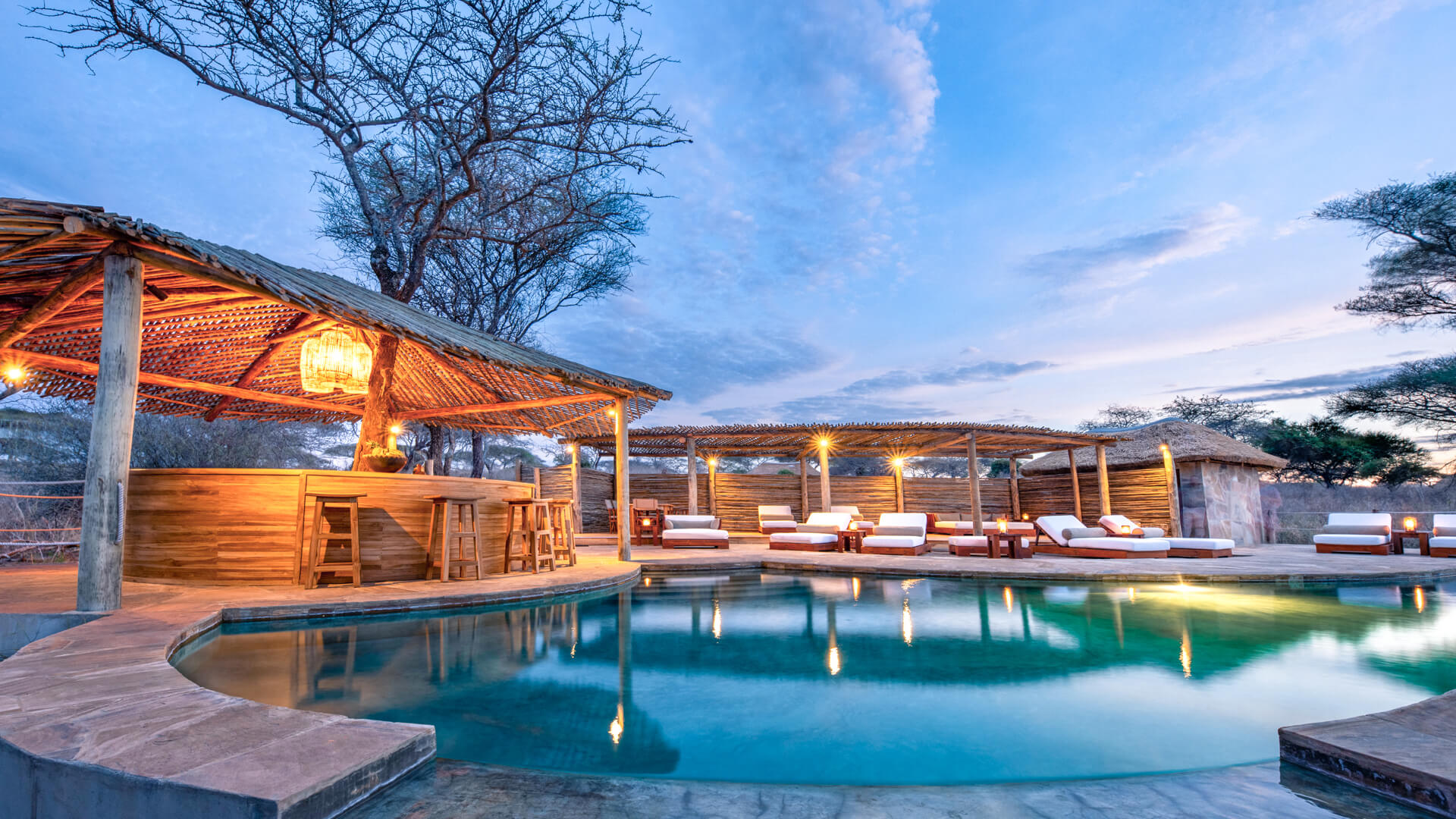Signature Luxury Stays in Tarangire
These exclusive properties represent the finest accommodations in Tarangire, combining exceptional locations, personalized service, and unique design elements that celebrate the park's wild beauty.

Sanctuary Swala Camp
Set in a private concession, this ultra-luxury camp features twelve tents overlooking a waterhole frequented by elephants. Known for exceptional guiding, gourmet bush dining, and complete immersion in untouched wilderness.

Tarangire Treetops
Elevated treehouse suites with sweeping views across the baobab-dotted landscape. Features a spa, infinity pool, and night wildlife viewing from private balconies. Perfect for honeymooners and nature lovers.

Oliver's Camp
A sophisticated tented camp offering walking safaris and fly camping adventures. Known for its remote location, expert guides, and intimate atmosphere with just ten luxury tents in prime wildlife territory.